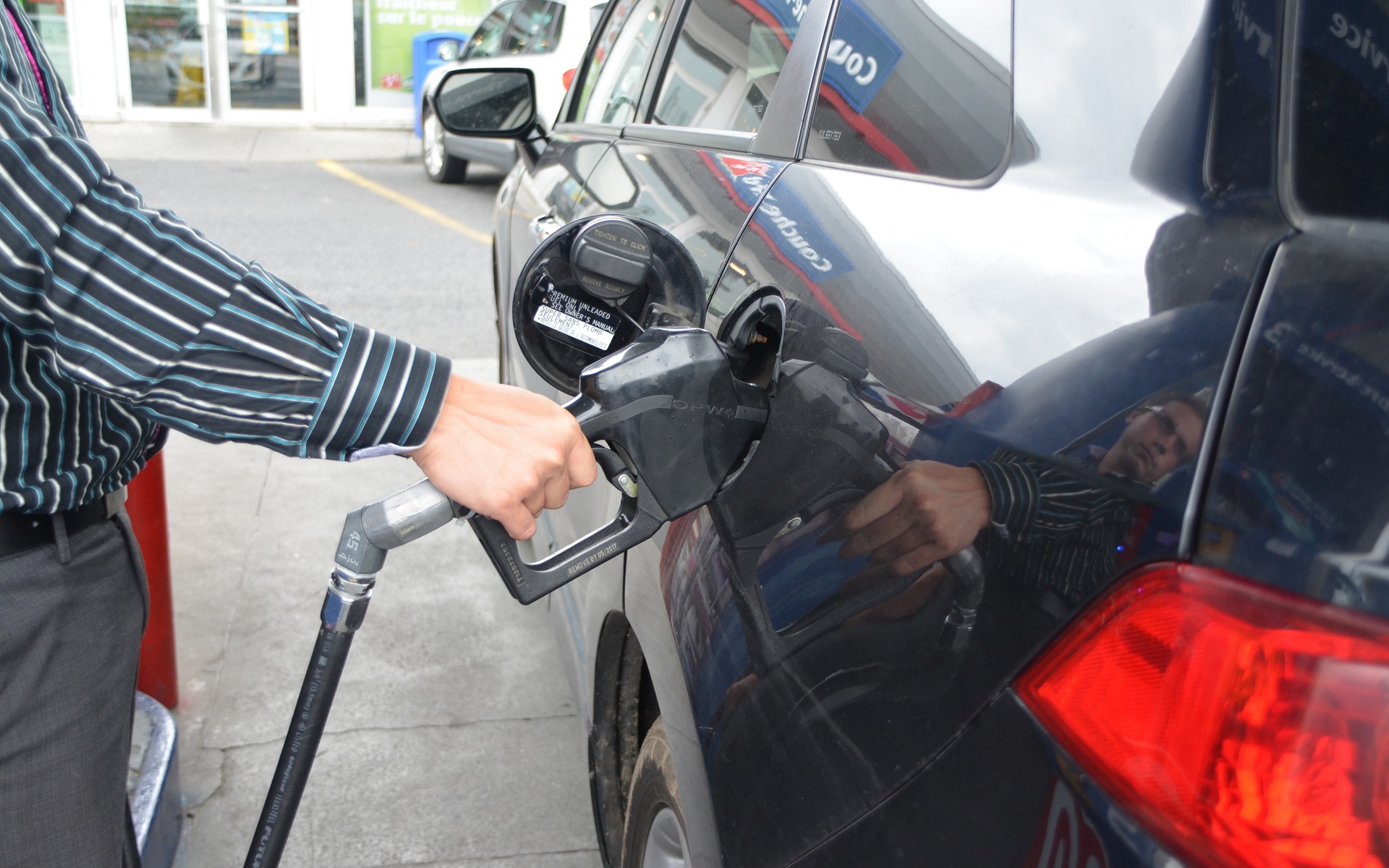A look back at gasoline prices in 2016 - Concerns in Montreal, rejoicing in Quebec City
CAA-Quebec's gasoline price analysis for 2016 brings out some worrisome facts for the Montreal area, despite a general decline in acquisition costs and pump prices that benefited all Quebec motorists.
Is the industry greedier in Montreal?
In the Montreal area, with numerous high-volume gas stations, high sales volume per outlet and a broad range of banners, Quebec's biggest market ought to be more dynamic and more competitive. On the contrary, high retail margins were observed in 2016, with market size taken into account. CAA-Quebec finds it abnormal and questionable that the Montreal market maintains margins that are higher than in some other, smaller markets in Quebec.
In 2016, gross profits for gas stations fell substantially in Quebec compared to 2015, though far less noticeably in Montreal:
Region Retail margin Change in margin (cents per litre) 2015/2016
Quebec City 2.6 -41.0%
Laurentians 3.8 -17.4%
Mauricie 4.7 -21.7%
Lanaudière 5.0 -21.9%
Montreal area 6.9 -9.2%
Saguenay–Lac-Saint-Jean 8.2 -9.9%
Provincial average 5.8 -14.7%
Prices rose in unison in Montreal, the Régie de l'énergie confirms
CAA-Quebec noted that prices tended to fluctuate in unison from one end of the metropolitan area to the other. It made its concerns known to the Régie de l'énergie, which confirmed this observation.
"All the conditions exist for healthy competition in Montreal, and we should be seeing tactics by some to counter the initiatives of others to gain market share, but no!" laments Sophie Gagnon, Vice President, Communications and Public Affairs, at CAA-Quebec. "Instead, things just drift along. Where are the benefits for consumers if every retailer follows the same price hikes at the same time, with no other choice? It's up to the industry to explain how this all works."
Quebec City has the lowest prices
The shock that hit the Quebec City market with the entry of high-volume gas stations starting in 2013 continues to be felt, and motorists emerge as winners. After many years of relatively high prices, Quebec City is beating records with its ultra-competitive market. The retail margin is the lowest in the province, at 2.6 cents a litre, following a drastic 41% decline last year. The average pump price, at 100.6 cents a litre, was the province's lowest, apart from border markets.
Overall decline in indicators
Crude oil prices declined substantially, by 16.3% in 2016 compared to a year earlier. Meanwhile, the share of the pie claimed by refiners, with the refining margin down -3.6%, and by gas stations, also decreased. The result was that motorists got something of a break.
On average, Quebecers paid 7% less to fill their tanks, again compared to 2015. This meant $3.55 less for a fill-up, or a $101 annual saving for a small car. For an SUV, the saving was $4.34 per fill-up, or $134 for the year.
Things could happen in Sherbrooke
Competition is not as vigorous in Sherbrooke, which has gone through several periods of price stability. At 6.2 cents a litre, the retail margin did not budge in 2016 compared to 2015. However, the pump price fell a little more, to 105.4 cents a litre on average. The possible arrival of a high-volume gas station at a strategic location in the city could shake things up.
And since the start of this year?
The Montreal, Quebec City and Sherbrooke markets have been following the same trends since the start of 2017 as they did in 2016. This means Montreal motorists have not always had access to price diversity or to more reasonable retail margins at the pump.
Price hikes before holiday periods: myth or reality?
The widespread perception that gas stations take advantage to wrack up profits just before long weekends or holidays cannot be validated this year. All the price jumps on these occasions (five in Montreal and three in Quebec City) were preceded by low retail margins in the preceding days, suggesting instead a market adjustment.
Are the Friday price hikes justified?
On the other hand, the same cannot be said of price increases that occur on Fridays. Here again, Montreal stands out for the wrong reasons. Of the 11 increases observed in 2016, three cannot be justified by low margins in the preceding days, and CAA-Quebec found no logical explanation in movements of oil indicators. "So what justifies these three increases, with margins already high?" Ms. Gagnon asks. "Perhaps the industry could also answer this question."











